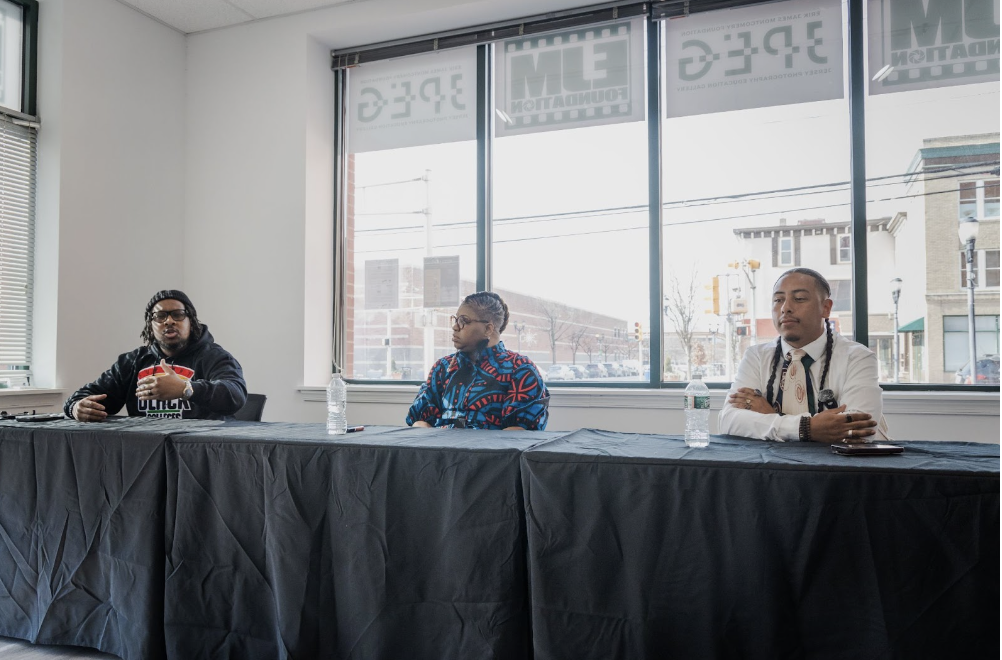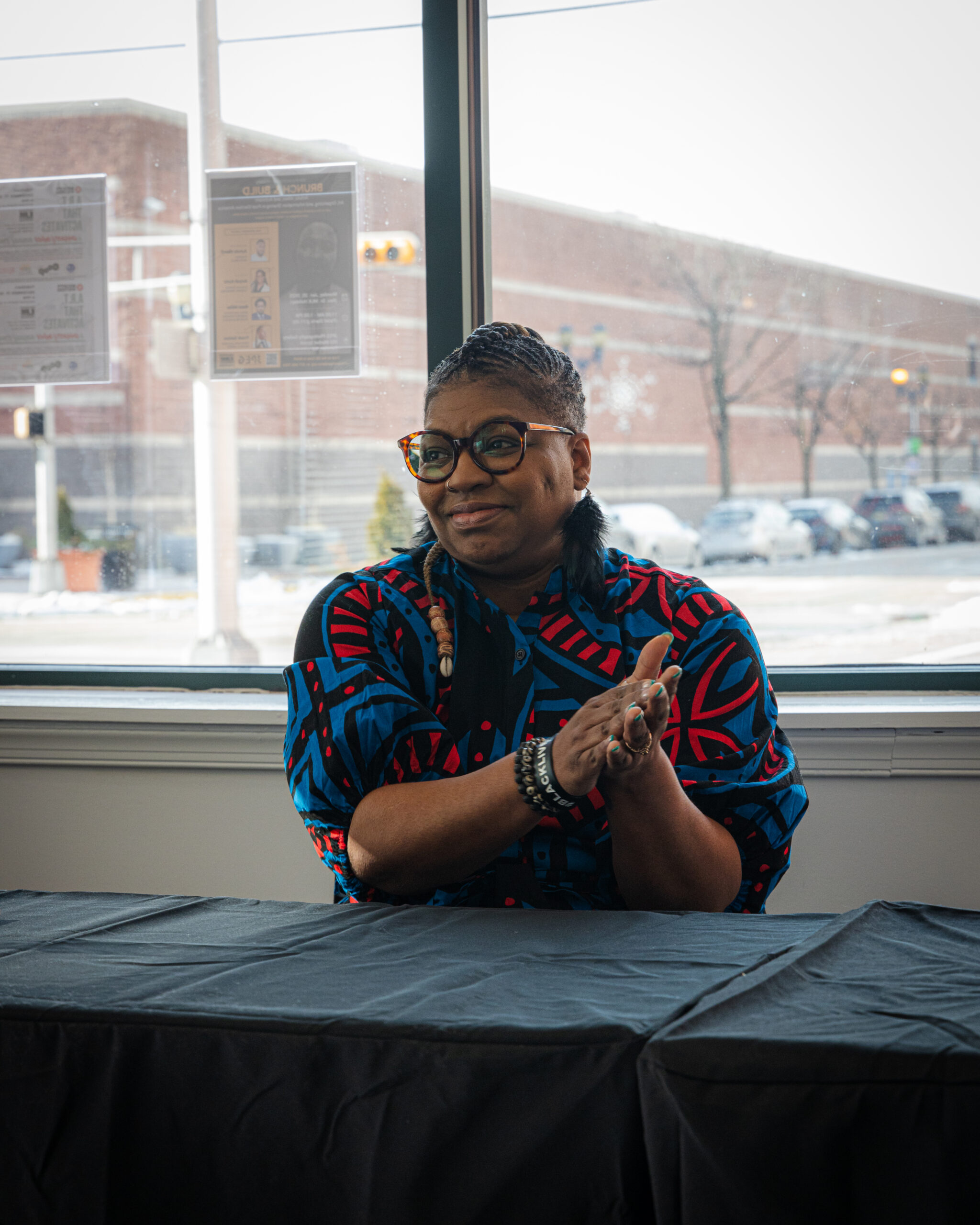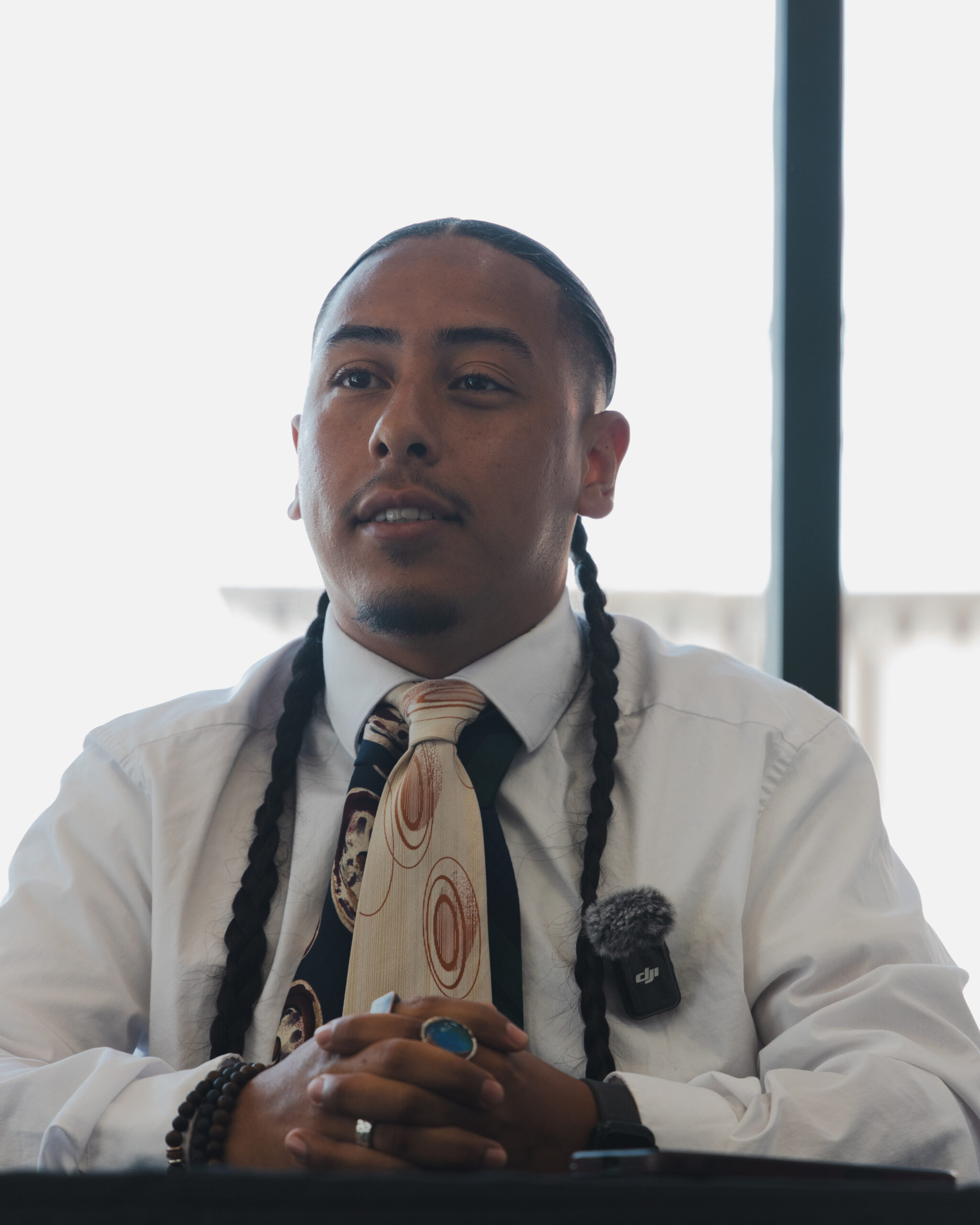Second Trump Presidency: How Trump’s Executive Orders Impact Marginalized Communities
Article By Jewel Justice. Photos courtesy of Theo Robinson for T3 Studios

President Donald Trump’s second term of office started on Jan. 20 – Martin Luther King Jr. Day. Ironically, on a day that celebrates Dr. King’s life and legacy, Trump not only swore in, but he also reversed several policies that protected citizens’ rights to justice and freedom.
It has not been more than two weeks, and the president has already upended many laws significant to the country’s history. On the first day alone, he issued a record number of 26 executive orders.
Trump overturned key anti-discrimination policies, an action that directly impacts the LGBTQ+ community, women, disabled people, people of color, and other socially disadvantaged communities. It also opposes everything Dr. King stood for.
One executive order enforces the idea of “biological truth” relating to gender, instead of recognizing gender as fluid and personal to every individual. Stating that there is an “immutable biological reality of sex,” the order requires that the federal government will recognize only “two sexes”: male and female.
Trump outlines all of this in the name of “protecting” women.
Another order demands that all federal diversity, equity, and inclusion (DEI) programs are dismantled, which it labels as “radical,” “wasteful,” and “illegal.” It reverses Executive Order 13985 issued by President Biden. Within 60 days, it mandates that all DEI initiatives, environmental justice positions, “equity action plans,” and DEI performance requirements are terminated.
On social media, public figures deeply invested in politics have spoken out against Trump’s executive orders.
George Lee Jr. emphasized that the order on gender ideology particularly harms the trans community. He also said that many have “championed” the order on gender ideology but have remained silent about DEI-related orders.
“You really have more hate for the LGBTQ community, specifically the trans folks, than you have for the love of your own people,” Lee said. “You [can] actively perpetuate everything [Trump is] doing … because you don’t recognize that he’s coming for you next.”
Some politicians have also reacted publicly.
According to Congresswoman Jasmine Crockett, the “‘End DEI’” order will result in the “loss of qualified and skilled federal employees, [a] federal labor shortage, and delayed government response times.”
Donald Trump’s executive orders will have lasting effects on future conversations surrounding equity and inclusion.
What are people saying locally?
These orders will not just have national consequences. They will largely impact local communities.
On Thursday, Rutgers University, the largest university in the state of New Jersey, canceled its upcoming virtual conference aimed at increasing underrepresented students’ access to registered apprenticeships.
The school’s Center for Minority Serving Institutions partnered with Jobs for the Future, an organization that prioritizes diversity, equity, inclusion, and accessibility (DEIA), for the event. The Center planned a “rich event” featuring “the voices of HBCU leaders and students.”
The U.S. Department of Education, however, which hammered down the cancellation of its DEI initiatives on Thursday, funds the organization.
“We have been instructed to cease all work under the Diversity, Equity, Inclusion, and Accessibility HUB at Jobs for the Future,” the Center said. “While this setback is disappointing, we have so much more happening.”
The executive orders will also affect other areas in New Jersey.
The city of Camden, which has a diverse population of families within vulnerable communities, will also be hit hard.
Camden largely consists of people of color and low income families, with a significant veteran and immigrant population.
President Trump’s executive orders directly target issues that harm people in these communities.
Camden residents are well aware of this issue.
On Jan. 20, the same day as Trump’s inauguration, the EJM Foundation held a panel in Camden that covered art and activism in post-election America. Panelists spoke on the negative impacts of Trump’s first term and how his reelection will cause further harm, among other topics. Black in Jersey was a part of that discussion.
“I started to see different subgroups of Black and Brown people that feel a bit discounted,” Frank Santos, multimedia journalist and panelist, said.
“As a Puerto Rican Nicaraguan American that was raised in a Black neighborhood, I noticed that we’re seen, but also not heard. And I think the results of [this election] showed us that there’s a really deeper, [more] complex issue at hand.”



Asiyah Kurtz, Executive Director of Camden FireWorks and co-panelist, addressed various circumstances Camden residents are facing.
For instance, “many people who ride the buses in [Camden] are zero-car families,” Kurtz said. “They don’t have cars. They’re riding a bus with wind in the snow, through rain. There’s no shelter, there’s no seating.”
Also, the median age in Camden is “very young.” Kurtz claimed that this problem is due to a lack of access: “If you don’t have access to clean air, fresh water, good health care, [and] fresh food, how are you going to age healthfully? You’re not,” Kurtz said.
In light of MLK Day and considering what issues Camden residents are struggling with, panelists discussed how artivism can mobilize communities in Camden and elsewhere. Artivism is a way of transforming society into a more equitable place through art.
“I don’t believe that art is just to be on the wall for beauty’s sake,” Kurtz said. “For people who are hurting, art can be really a mirror [and] can reflect [and] amplify how you’re feeling.”
Echoing Dr. Martin Luther King Jr., Kurtz urged people to think of art as a way to examine the needs of underrepresented communities.
“[Dr. King] said a riot is the language of the unheard, and that’s what art does,” Kurtz said. “It provides us with visual language.”
In addition to helping people survive and connect with one another, art can activate change. It can come in many forms. Each of the panelists has found creative ways to transform the community.
“We think of artists as curators of certain types of art,” Rann Miller, Director at Camden’s Promise Charter Schools and co-panelist, said. “As a teacher, you’re a curator of certain types of information and where the information comes from.”
Miller considers teaching to be a way to change the lives of our youth.
“I’m able to funnel my young people to certain places to find information [and] hopefully give them an accurate understanding of how to define truth for themselves,” Miller said.“Truth is manipulated, [so] young people have to have the tools in order to decipher what’s truth and what is not,” Miller said.
As someone heavily involved in activism, Kurtz has partnered with several projects throughout the city. “We have not forgotten about the people who maybe are undesirable, [like] our unhoused folks, folks who have substance use disorders,” Kurtz said. “We engage them in a research project to document Waterfront South [and ask them] ‘where are the places that are the least safe to you that we can intervene with public art?’”
Santos highlighted that it is crucial to support artists who may not have the opportunity to both work and create.
“I honestly think it starts with throwing house parties again,” Santos said. “You want to see [these] artists? Bring them into your home. Everybody that knows me knows my home [has] always been a place [where] people can lay their head. I’m usually cooking something, and we can chop it up over art.
In the spirit of Dr. King, the panelists provided several calls to action, emphasizing that we are all agents who should play our part.
“Give a damn,” Kurtz said.
“Find the thing that you care about and love that. [And] that requires that you give something [if] you care [and] if you are really doing the work. Now, if you just want to talk about it, that’s fine. That doesn’t cost anything. But if you want to make a difference, you have to give a damn.”
Miller stated that we have to “shy away from that Western pull to be individuals” and mobilize the community, both young and old. He argued that the elders have the connection to history, and young people have the energy to get things done.
“Sometimes the elders can’t just get up and do like they used to do, but if they got a young person [they’re] connected to [who is] full of fire, that elder can now cultivate that fire,” Miller said.
Santos said that communities need to be more “assertive” and “accountable” in exercising their power.
“I think what we’ve identified clearer than ever, especially in the last election, is that our powers have different subjects,” Santos said. “Our voting power – the democratic power – [is] very, very weak. Our creative power, thanks to people like you, [is] very, very strong. [And] the last power [we] have [is] spending power.”
Santos also called on artists to utilize their ability to connect with people, claiming that “the revolution needs a marketing agency.”
Donald Trump has just gotten started.
Panelists and attendees expressed their concern for the future of their community and nation and also gave practical steps on how to make a difference.
“Finding ways within our governance structure [to help] that pendulum of power swing back and forth between the people who elect and the people who are elected is a very important balance to try to strike,” Kurtz said.
People have to recognize what their own power is and how they can use it in their respective fields, Kurtz suggested.
“It requires a body of people who are not afraid to piss somebody off. Martin Luther King was not very well liked in his day, [but] he was revolutionary,” Kurtz said. “Everybody has power. How are you using it?”
